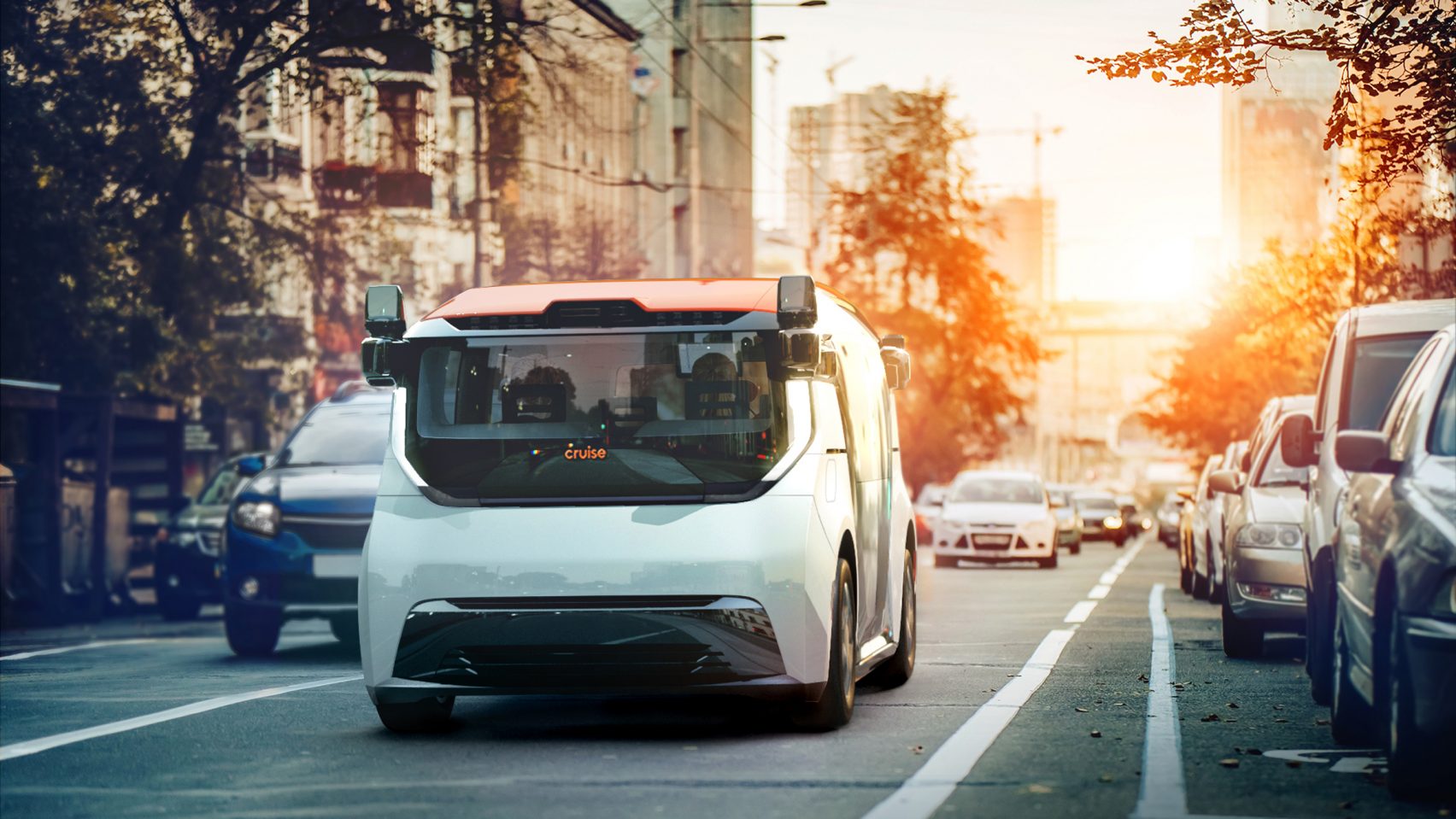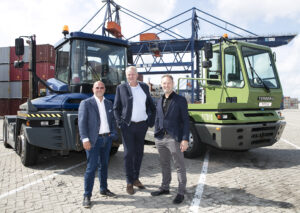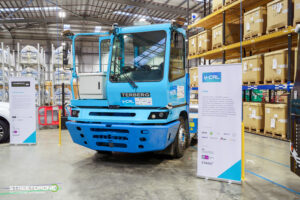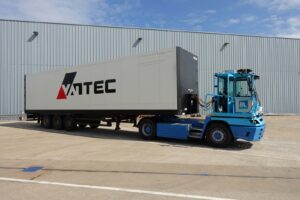Mike Potts, StreetDrone’s CEO, says that making the economics of autonomous shuttles work will be a challenge even as GM announces a huge commitment to build a new form of public transportation vehicles.
We’re really clear at StreetDrone that the first commercially viable public-serving autonomous services will be shared urban transport systems – almost certainly in the form of shuttles – and certainly not the robo-taxi’s that so many companies, including Tesla, appear to be betting on. The news last week of GM’s $3b commitment to build the Cruise Origin autonomous shuttle as soon as 2022 exactly underlines that thinking – that autonomy is the cure for the seemingly endless decline in public transportation services. As the incidence of restrictions on private car usage in cities ramps up, the increased flexibility, frequency, and lowered transport costs promised by autonomous shuttles should provide a significant and welcomed change in the way people move about metropolitan environments.
Whilst we’ve been banging the drum for autonomous urban mobility for some time, it now seems some of the OEMs have caught up and are, led by GM, starting to show a willingness to commit to the fundamental changes required to deliver metropolitan autonomous mobility. The real question though is whether even they can make the unit economics work sufficiently to enable public transport operators around the world to actually make money!
The transition GM has set in motion means that car makers will begin to abandon one of the holy grails of product differentiation, namely speed. Urban autonomy is all about starting slow and low and deploying the Origin shuttle in GM’s heartlands on the streets of Michigan and Ohio will require some deft integration alongside existing vehicles full of city natives forever in a rush to get to their destinations. However, with average commute speeds averaging around 12mph in the most congested north-eastern cities in the US according to INRIX, Origin’s slow and low autonomous solution will be the tortoise that beats the hare.
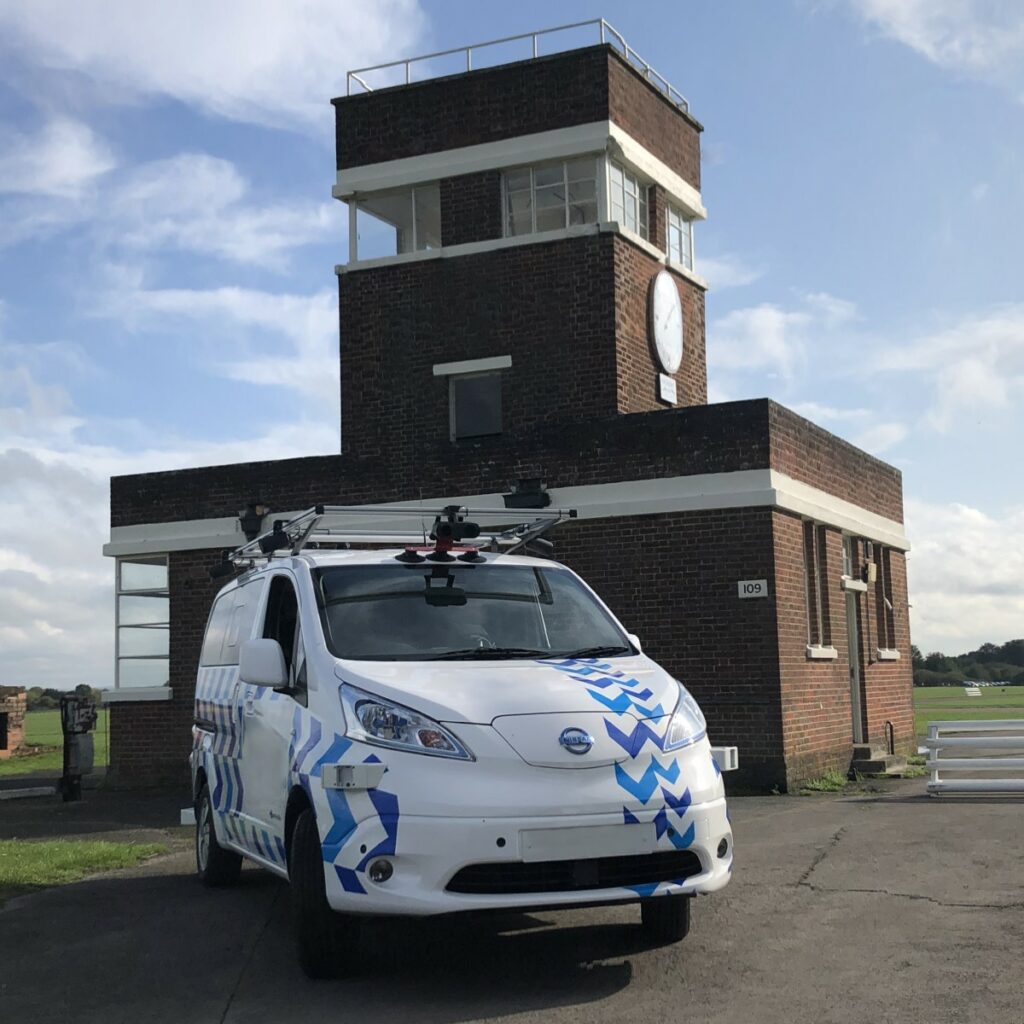
The next substantive maxim that this week’s news indicates is that GM has accepted the inevitability of a move away from private ownership to ride-share for city inhabitants in the near future. This paradigm shift at GM is nothing short of heroic and one can only imagine the Boardroom debate as the motion was tabled to dispense with selling cars to the road-going public. While it is one thing for specialist shuttle companies to advocate the merits of shared transit, it is quite something else for the company that has been selling cars since 1908 to acknowledge a fundamental shift in the mobility ownership model.
The third feature of the Cruise philosophy that ties directly into our approach to deploying autonomous trials in cities is safety. Mirroring a protocol that is central to StreetDrone’s Ten Safety Commandments, Cruise explains that the Origin features “no single points of failure across sensing, compute, networking, or power…..” to ensure safe travel. StreetDrone represents one of the pathways to the bold commitment GM laid out this week by providing transit companies, metropolitan authorities and freight businesses with a full-stack, safety-led capability to deploy autonomous trials. It’s no longer a talking shop, $3b says it is going to happen, but the question over making the economics work remain.
To find out more, get in touch with StreetDrone at info@streetdrone.com

